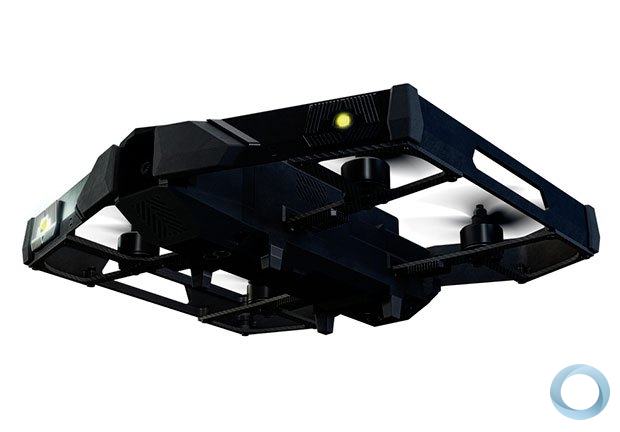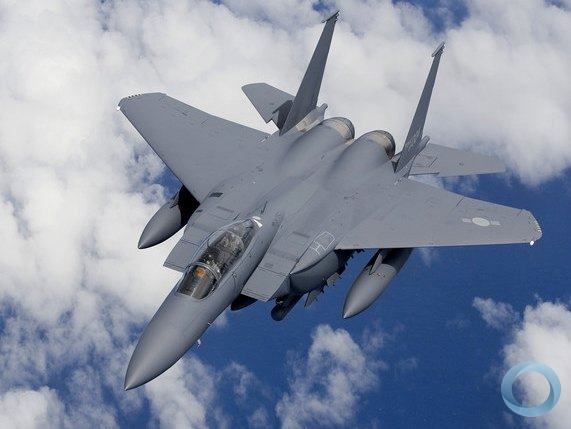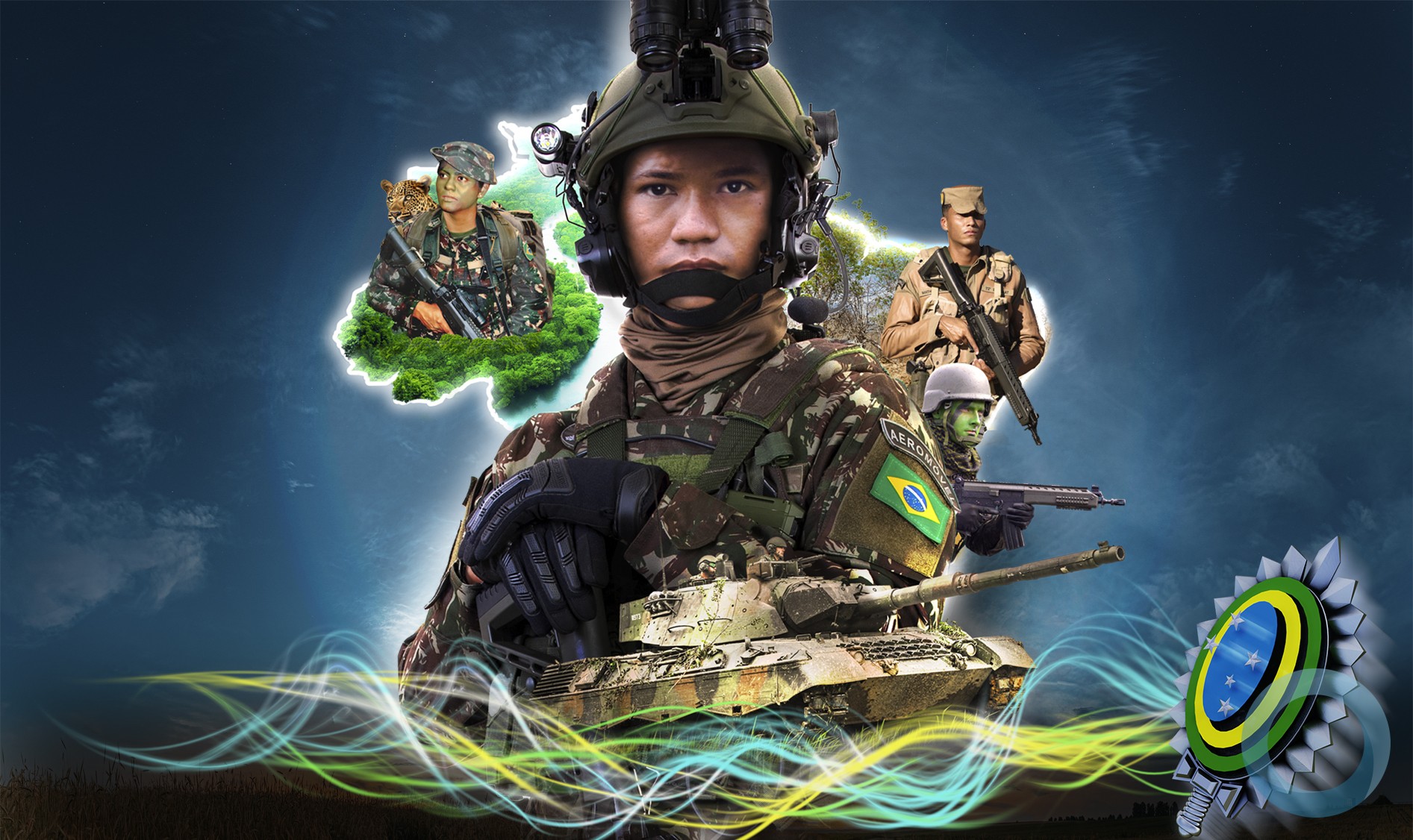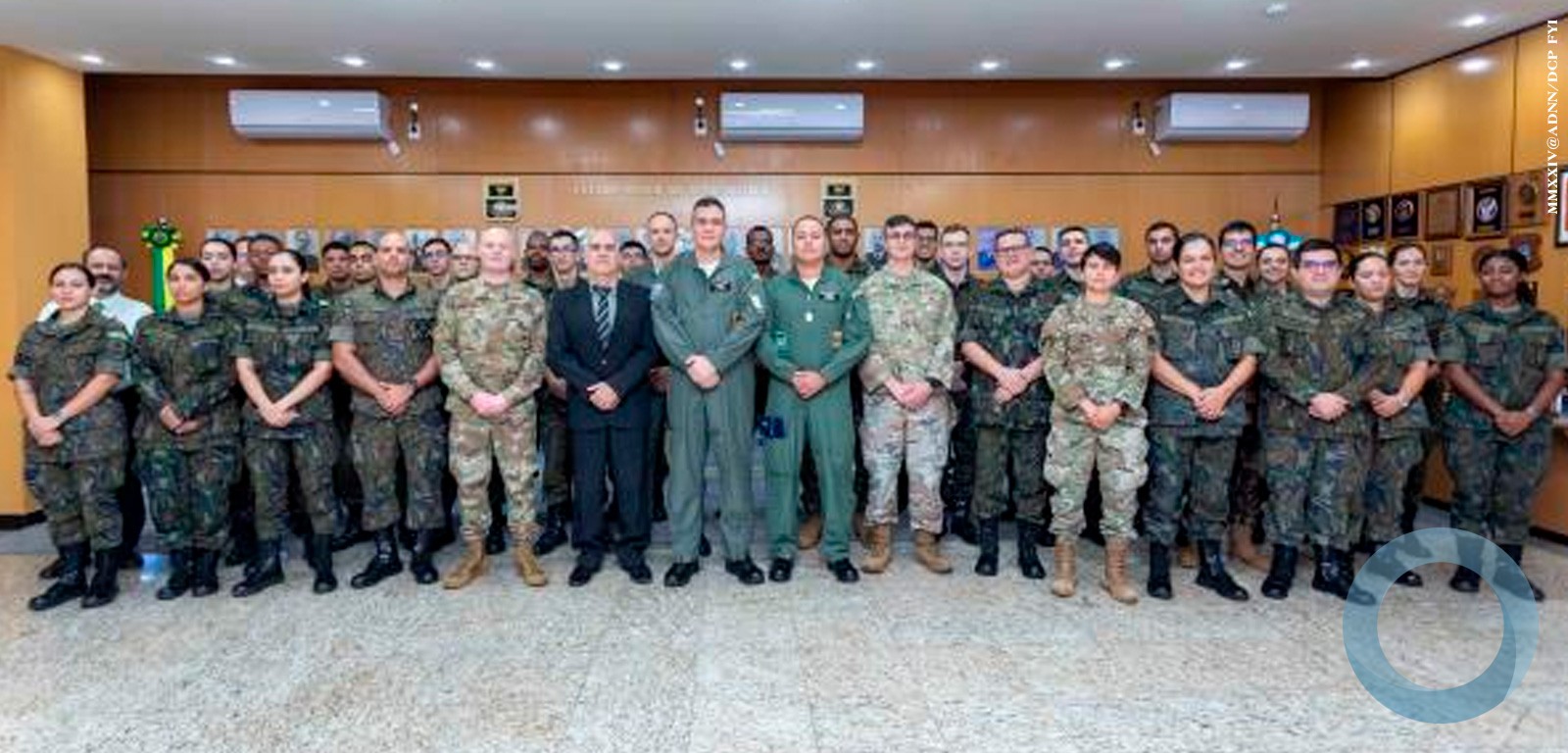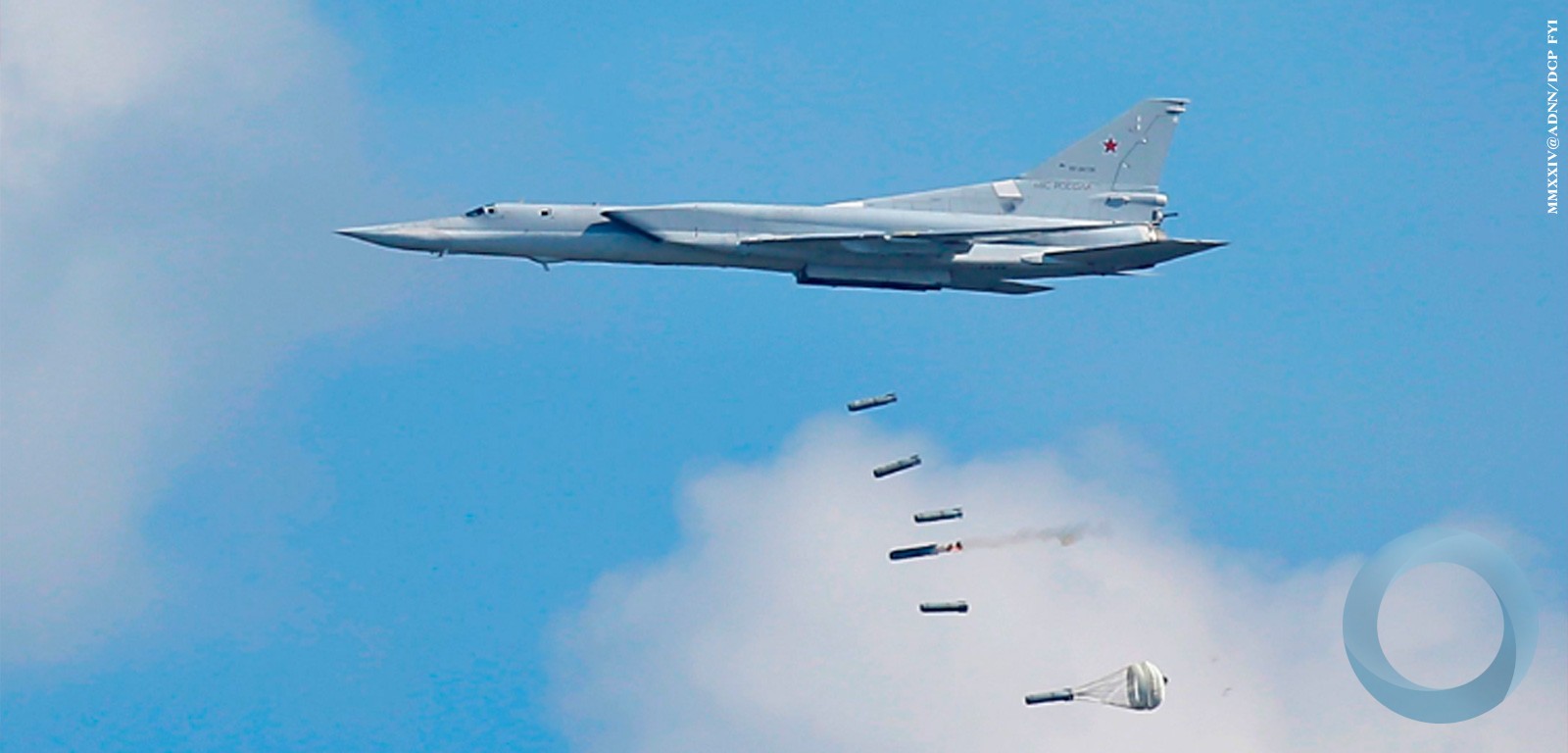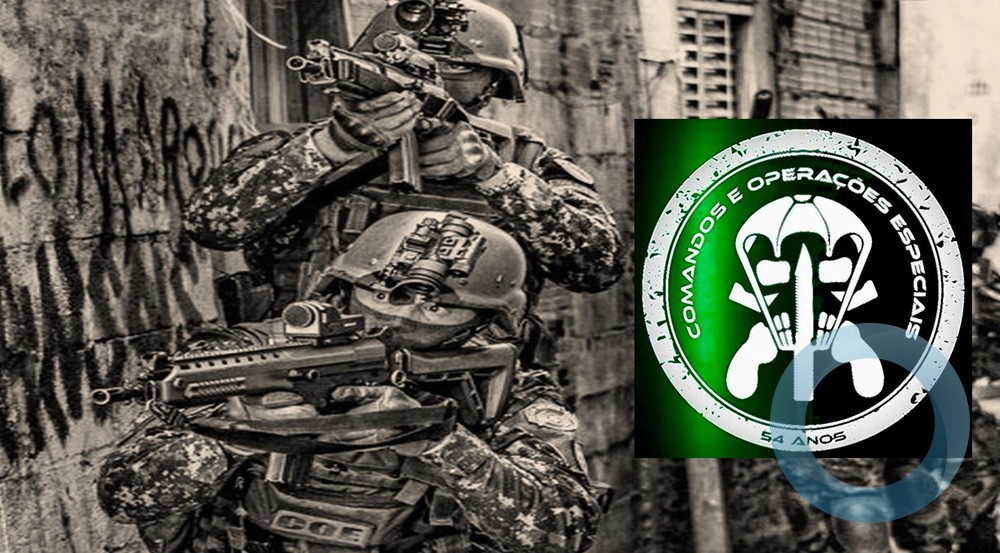The Bell Boeing V-22 Osprey team is embarking on a modification effort with the U.S. Marine Corps that will improve readiness and reliability of the fleet of tiltrotor aircraft.
The Bell Boeing Joint Program Office has been awarded a $69,668,099 modification to a previously awarded contract. Bell Boeing will modify three existing MV-22 aircraft in support of the V-22 Common Configuration-Readiness and Modernization (CC-RAM) Program.
Last week, the first MV-22 to be modified arrived at Boeing’s Philadelphia facility where majority of the work will be completed. Additional work will also be completed at the Bell facility in Fort Worth, Texas. Two additional aircraft will arrive within the next year.
“The CC-RAM program is the cornerstone for MV-22 long term sustainment and affordability. We look forward to the supportability benefits this program will provide as the MV-22 continues to effectively deliver Marines into and out of harm’s way,” said U.S. Marine Corps Col. Matthew Kelly, V-22 Joint Program Manager.
Boeing [NYSE: BA] and Bell Helicopter, a Textron Company [NYSE:TXT], jointly produce the V-22. The Marines have multiple configurations of the aircraft across its inventory. This effort will reduce MV-22 fleet configurations by modifying block “B” aircraft to the block “C” configuration.
“Our team is ready to take the MV-22 program into the future,” said Kristin Houston, vice president, Boeing Tiltrotor Programs and program director, Bell Boeing V-22 Program. “Our integrated approach to managing CC-RAM will extend V-22 service life for the Marines and provide modernized technical capabilities to dedicated servicemen and women around the world.”
The Bell Boeing V-22 Osprey is a joint service, multirole combat aircraft that uses tiltrotor technology to combine the vertical performance of a helicopter with the speed and range of a fixed-wing aircraft. With its nacelles and rotors in vertical position, it can take off, land and hover like a helicopter. Once airborne, its nacelles can be rotated to transition the aircraft to a turboprop airplane capable of high-speed, high-altitude flight.












